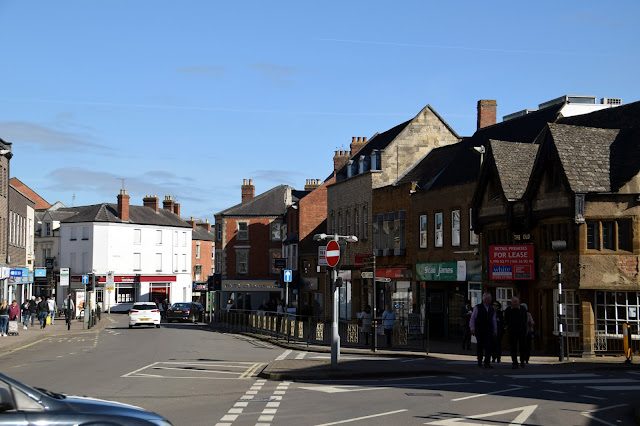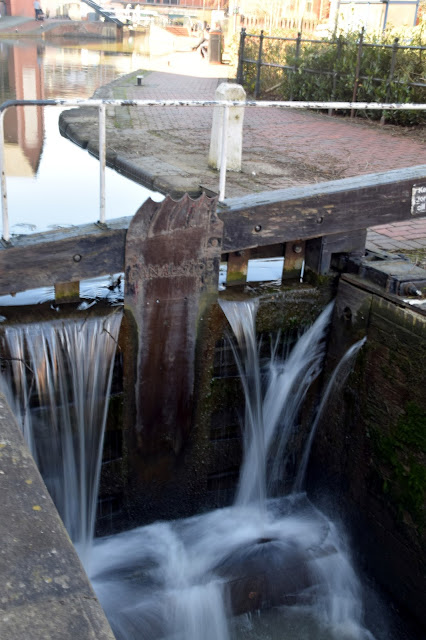Ride a cock horse to Banbury Cross to see a finer lady on a white horse
Banbury is a market town in northern Oxfordshire, England, located on the River Cherwell.
The town of Banbury is on the edge of the Oxfordshire
Cotswolds and has been a busy market town for centuries and is now also an important
industrial centre which has grown considerably in size over the last
half of the 20th century.
Despite much redevelopment it still has
a few old alleys and quiet corners to enjoy. Two of Banbury's famous
inns remain. The Reindeer in Parsons Street and the large 17th
century Whateley Hall Hotel in the Horsefair which used to be called
the Three Tuns. Many famous people have stayed here including Johnathan
Swift, who is reputed to have taken the name Gulliver from a tombstone
in the nearby churchyard.
[ http://www.cotswolds.info/places/banbury.shtml]
The name Banbury may be derived from 'Banna', a local Saxon dignitary
who is said to have built his stockade here in the 500's. By the time
of William the Conqueror 'Banesberie' was mentioned in the Domesday
book. In the 13th century it had grown to become an important wool
trading centre bringing wealth to the local population. In 1628 the
town was ravaged by fire which destroyed many buildings, though some
have survived to the present day. The opening of the Oxford Canal in
1790 connecting Banbury with the Midlands bought new industries and
growth which continued with the arrival of the railways.
Banbury is also famous for its special Banbury Cakes which are
elliptical in shape and made of light pastry lined with currants and
have a lemon fragrance. They have been produced for at least 300 years.
The original medieval Norman church (the largest in the County), was
blown up with gunpowder on the grounds that it was unsafe in 1790. The
church was replaced by an elegant building in 1820 designed by Samuel Pepys Cockerell, the architect of Sezincote House
(at Bourton-on-the-Hill), with Indian features including a dome. It was
built of local ironstone which has proved vulnerable to weathering.






























No comments:
Post a Comment